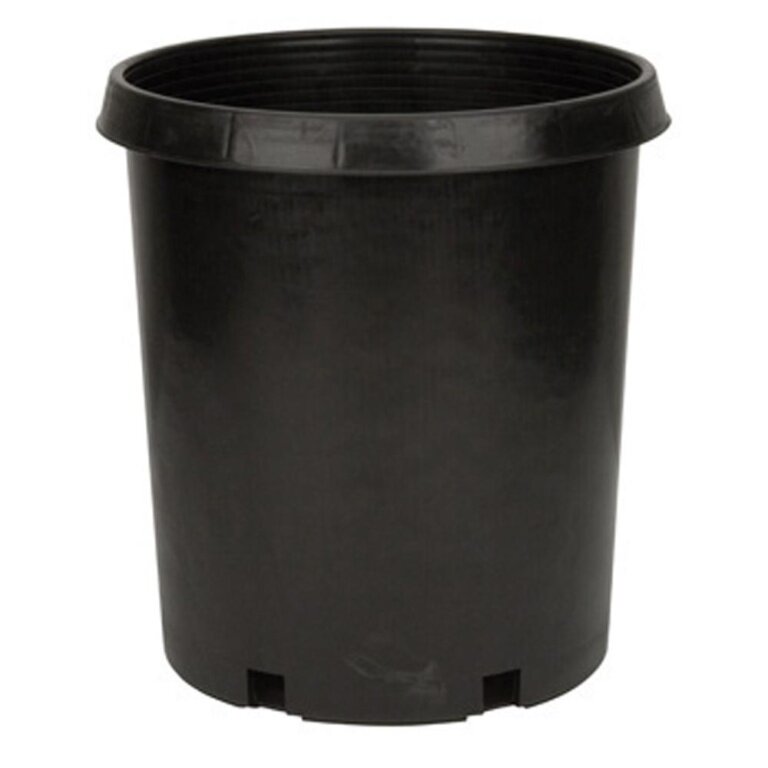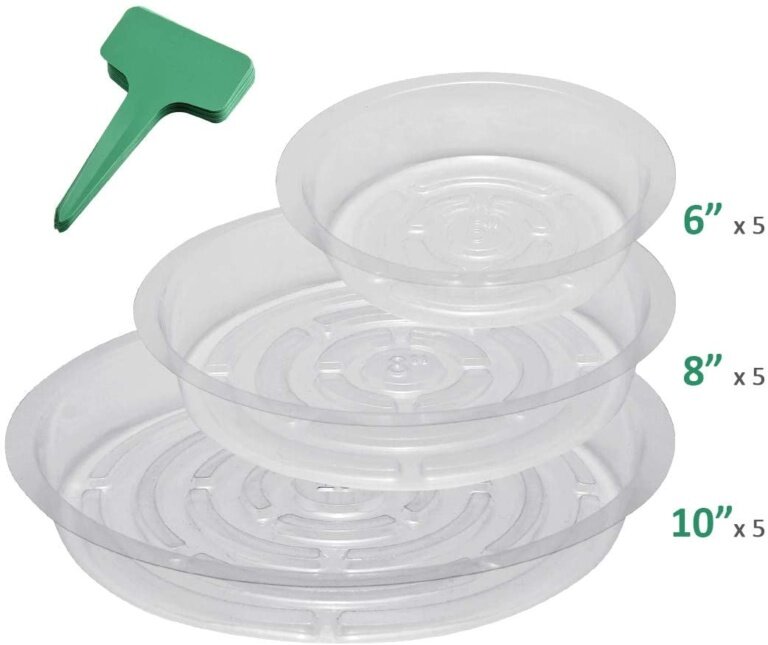6 Common Reasons Why Your Indoor Plants Die
All you need is space, plants, and good lighting.
I am an Interior Plant Designer in Los Angeles
Here’s how to not to kill your plants…
Are you a hovering mother? Do you over water your plants? Or are you a dead beat dad? You tell your plant you’ll be home to water them on Friday, but then Friday rolls around and your plant is left staring out the window, waiting, not yet aware that these broken promises will contribute to a future eating disorder and a fatal overdose of Miracle Grow.
Fear not, dear reader, I, Lisa Shields, will help you keep your plants alive…
I’m an interior plantscaper. If you’ve never heard of the term “plantscaper” think interior design but with plants. It’s a fun job, and as a result of having to take care of many many plants and prior to starting my own business, assisting other professional plantscapers with plants, I’ve learned how to take care of plantsssss.
So here. We. Go…
6 REASONS WHY YOUR PLANTS DIE…
1. YOU DON’T OWN A MOISTURE METER
You can buy a moisture meter here from Amazon. This one-time small investment will save you time and money in the future. I tell my clients with plants to buy one and show them how to use it. It’s only around $10 bucks. I don’t like having to buy things, especially when they involve plastic but then my anxious brain imagines all the waste and pollution in the aftermath of your plant dying…more trips to nurseries, most carbon from your exhaust emitted, more hospital bills from the the carbon in the air… I’ll stop.
Behold, a moisture meter.
This device will save you time and money.
WHY YOU NEED A MOISTURE METER – Just read this once, I promise it will be worth it.
The amount of light, temperature, and moisture vary in every home and in every room. This makes it impossible to give every plant the same watering schedule. Plants will need more water in the summer when it’s hot and dry, and less water in the winter when it’s cold and dark.
Plants often die from overwatering. Roots that sit in wetness will rot, especially roots that are small. A moisture meter will tell you how wet or dry the soil is. Plants like the Sansevieria aka.“snake” plant have super small roots and often die from overwatering. The snake likes to dry out completely before being watered and the only way to know for sure is by using a moisture meter. Even if the top of the soil feels dry the plant could still be wet at the bottom or in the middle.
Snake plant
One of the only plants that actually gives off oxygen. Doesn’t like too much water because the roots are teeny tiny. Doesn’t like direct sun. Can survive when light levels are extremely low.
HOW TO USE THE MOISTURE METER
When checking to see if a plants soil is wet or dry you need to stick the moisture meterin several spots, not one. The reason being is that the soil could be unevenly watered, meaning some parts could be dry and other parts wet. Be careful not to jab the meter in the middle of the roots or stalk because you could damage the plant.
2. WATERING WHENEVER YOU REMEMBER
My clients often tell me that they water their plants whenever they remember to. This is not good. Plants, like children or animals, require consistency. One way to remember is to set an alarm on your phones or iCal every Sunday. The alarm should say “check plants with moisture meter.” If you forget to water your plants their health might pass a point of no return.
Tending to plants has proven to be therapeutic. Checking leaves for pests, cleaning the dust off, and misting is a tranquil task. Being focused on your plant’s wellbeing will in turn remind you to slow down and do the same for yourself. You can purchase a portable hand pump pressure mister here or a regular glass bottle sprayer here. I don’t get paid to post those links but I would if I could.
Behold, a plant mister
This is great for plant like humidity, to clean leaves, and to water plants that don’t like a lot of water.
3. GIVING YOUR PLANT TOO MUCH LIGHT
Not all plants are the same. Very few indoor plants tolerate DIRECT light, much like Nicole Kidman. So if you want to keep your plant’s skin supple and taut, especially if it wants to look good after a very public and messy divorce, don’t put it in the sun. Placing a plant next to a window so sunlight beams down on the leaves will roast the plant. You can tell if your plant is being burnt if the leaves lose their color, stiffness, or turn brown. It’s essential to research every plant you buy because they all have different needs. Most do well in bright indirect light. Others, like the ZZ plant or snake prefer medium to low light and will start to flop if they get too much sun. If you take the time to research you could have your plant FOREVER, but don’t jump on your couch too soon. It will take time after you bring your plant home for it to adjust or let you know that despite your physical attraction, it just isn’t working.
ZZ plant
Similar to the Snake plant. Too much water will kill it…too much sun will make the leaves flop over.
4. TAKING THE PLANTS OUT OF THEIR ORIGINAL PLASTIC CONTAINER
When people buy plants they often think they need to take them out of the plastic planters they come in. This is a mistake. Plants are happy in these planters and should stay in them until the roots start bursting out aka. become “pot-bound” or “root bound.” If you re-pot you have created a scenario where the plant could be overwatered. So it’s best to drop the plant in a pot without taking it out of the planter. To hide the plastic black pot and negative space you can top-dress with rocks or moss and fill the sides with paper. This is called “topping.”
Black plastic container most plants come in
Do not take plants out of these until the roots become bound. If you do, you risk uneven watering and bad airflow to the roots.
Fiddle leaf fig, or as I like to call them, the fickle leaf fig. I don’t give these to clients unless they are experienced with plant care or I do the maintenance.
These suckers are easy to kill. They take a long time to die though so you never really know what did them in. If you buy them from Home Depot they were most likely already dying because of their poor plant maintenance.
5. NO DRAINAGE
Keeping the plant in the original plastic container will also help with drainage. Having proper drainage prevents overwatering and root rot. The fiddle leap fig tree’s cause of mortality is almost always due to overwatering. Water needs to saturate the soil and pass through. No indoor plant roots should ever sit in water. You should always place a plastic saucer drip tray at the bottom of the pot otherwise moisture could seep through and damage the floor.
Plastic drip trays.
You need these because moisture will weep through clay and cement and damage your floors over time. Also good for plants like like humidity.
6. Watering with very cold water
Watering with very cold water can sometimes shock a plant. It’s best to always use room temperature water. If you have a green thumb and your plants all still die, you might have bad water and you should get it checked. DO NOT WATER ORCHIDS WITH ICE CUBES. Orchids are actually very hardy, but they do not like ice cold water, as they grow mostly off the sides of trees in hot humid places like Florida or South America.
Everything in life needs to be nurtured, dear reader. Practicing the kind of focused nurturing that occurs when gardening or taking care of a plant will help you do so in return for yourself and in other areas of your life. xo
If this blog post helped you in anyway, please feel free to donate a dollar or two or ten to my Venmo @Lisa-Shields. It will encourage and allow me to write more life changing blog posts.








